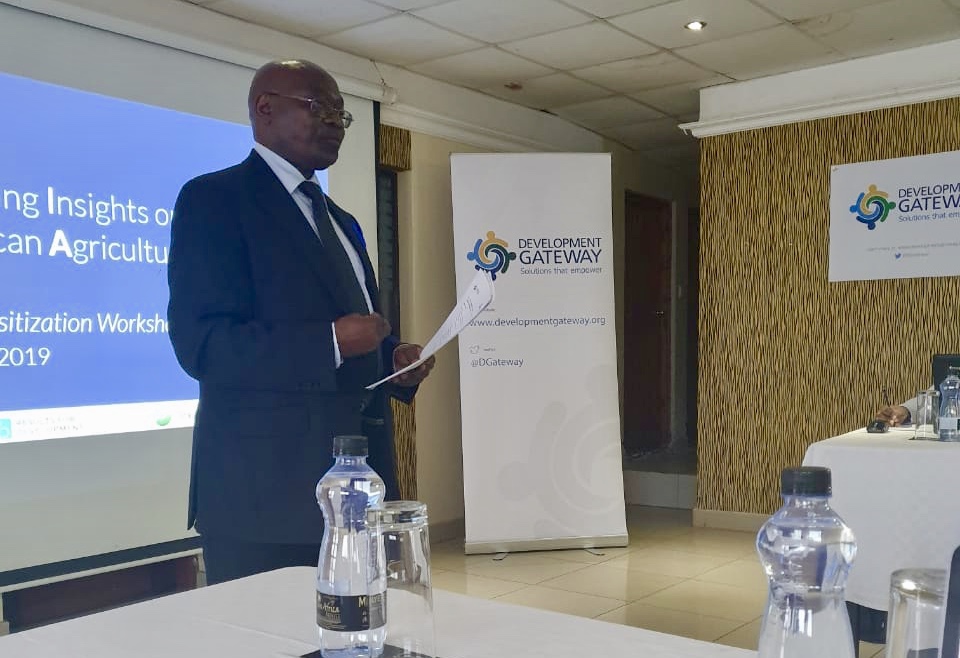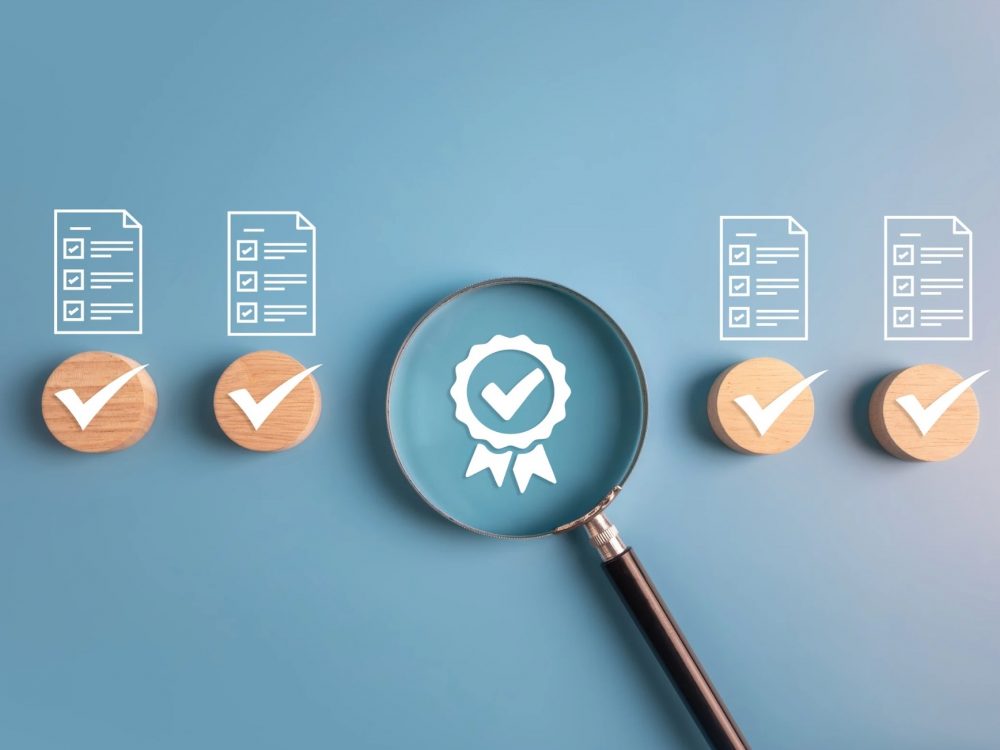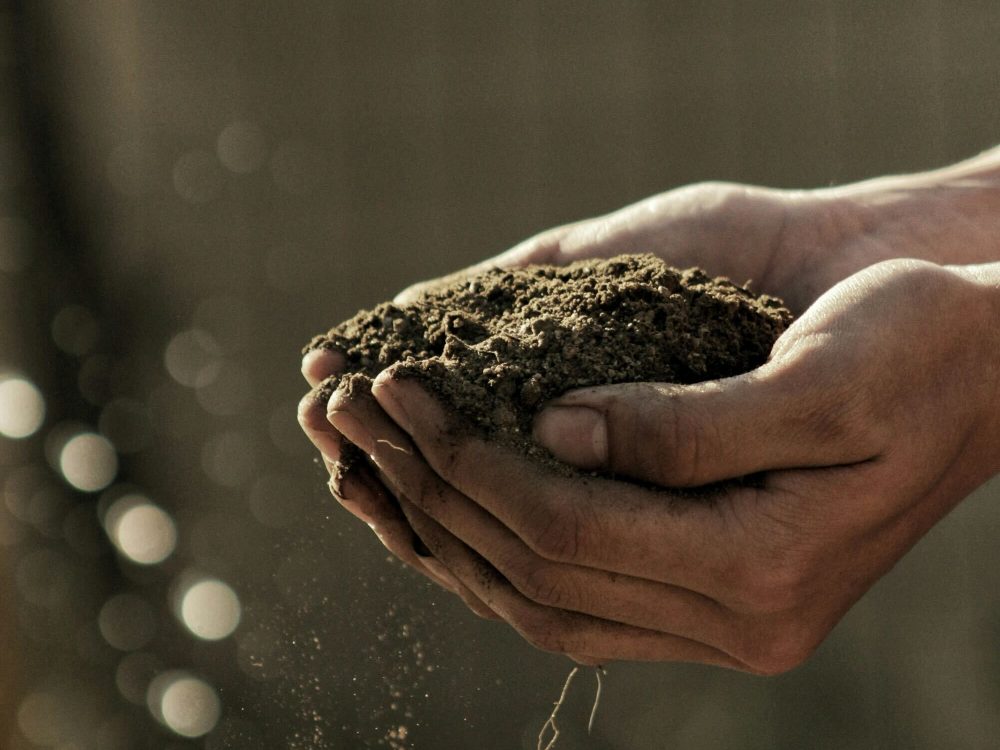VIFAA Kenya Kickoff Workshop: Next Steps to Visualizing Fertilizer Insights
Since November 2018, Development Gateway (DG) has led the Visualizing Insights on Fertilizer for African Agriculture (VIFAA) program, a four-year partnership with the Bill & Melinda Gates Foundation. VIFAA is working to address the supply, demand, and use of fertilizer data at both country and regional levels. To do so, we’re focusing on cross-stakeholder collaboration, filling key data gaps, co-designing dashboards, and supporting data use change management across key focus countries in Africa.
________________________________________
First Steps to Understanding Kenya’s Data Use
Back in February, DG’s Nairobi-based staff led a scoping study to understand Kenya’s data supply and demand; identify use cases and potential for policy impact; and assess stakeholder interest and opportunities for collaboration. Early on, Kenya’s Ministry of Agriculture, Livestock, Fisheries & Irrigation expressed interest in participating in VIFAA, and our assessment identified opportunities for strengthening data use in Kenya.
Capitalizing on VIFAA Opportunity in Kenya
VIFAA Kenya implementation began in April 2019. Across VIFAA, we see cross-stakeholder partnerships as a key entry point to meet country and regional fertilizer needs. In Kenya, we are leveraging these partnerships to co-develop work plans that specifically address key data – and data use – gaps. Our approach to strategic decision-making starts with addressing those data gaps. In consultation with country stakeholders each step of the way, we will also identify data sources and co-design fertilizer dashboards.
In July, the VIFAA Kenya kickoff workshop began building cross-stakeholder partnerships – it brought together fertilizer stakeholders from across national government, private sector, development partners (DPs), and research institutions. Our VIFAA partner Africafertilizer.org (AFO), co-led the workshop with DG.
The workshop objectives included:
- Narrow down Kenya fertilizer data priorities;
- Gather insight on data gaps and brainstorm options for VIFAA to address them;
- Discuss key functionality and tool design to integrate and visualize priority data;
- Identify collaborative next steps.

Figure 1: Building partnerships during the VIFAA Kenya kickoff workshop
To achieve these goals, each day of the kickoff had specific priorities, from which we then drew key findings. We break down each day in the following:
DAY 1: Prioritize Indicators and Collect Use Cases
We employed the Custom Assessment and Landscaping Methodology (CALM) – DG’s approach for developing processes that increase utility and impact of data for decision-making – to guide participants through Day 1. For government, private, and DP sectors, we prioritized 13 “shortlisted” indicators each, that address sector-specific decision making needs. To do so, we cross-considered two variables: usability and feasibility, and identified use cases for each. Participants also suggested we map out extended potential system users (such as farmers and agrovets) to further ensure dashboard relevance.
Day 1 confirmed strong interest for the VIFAA dashboards – participants were engaged, active, and supported data gap identification, further ensuring dashboard use and ownership. We identified that VIFAA should be guided by – and learn from – previous data initiatives that have encountered sustainability challenges, stemming from a lack of ownership, and weak guidelines to enforce data use.
DAY 2: Co-Design the Solution
On Day 2, DG led a wireframing session to guide participants in identifying visualizations for each indicator. Each group clearly identified what visualization would best fit each indicator.
We also co-developed a work plan to identify key stakeholder engagements required to develop a preliminary fertilizer dashboard by this fall. Our work plan includes initial dashboard feedback meetings, and a follow-up to dashboard review – during which we’d also co-design the final dashboards!
Day 2 confirmed the identification of new potential stakeholders – county governments, the Ministry of ICT, the media, farmers, and agro vets. In the next few months, VIFAA will identify when and how best to engage them. Data governance was also highlighted, ensuring that uploaded data is validated and from a trusted source – essential during and beyond implementation.

Figure 2: Dr. Okeyo from the Ministry of Agriculture, Livestock, Fisheries & Irrigation speaking at the workshop
Next Steps
After the Workshop, we’ve worked to continue updating our workplan to integrate all workshop findings, set deadlines, and incorporate activities such as defining requirements. We’ll create wireframes, develop dashboard architecture, and continue technical development. Along the way, we will continue co-creating and soliciting feedback on dashboard designs, as well as building essential partnerships across VIFAA. We’ll be posting updates on VIFAA Kenya – and the wider VIFAA program – in the coming weeks, so stay tuned!
Share This Post
Related from our library

From Standardization to Specificity: Localizing Multi-Country Research
Multi-country research must balance consistency with local realities. While standardization allows reliable comparisons and generalizable insights, local context shapes outcomes. This blog explores how programs can strike that balance effectively.

Economic Toll of Tobacco-Related Diseases in Kenya: New Research Findings
Development Gateway: An IREX Venture (DG) is pleased to announce the publication of a research manuscript on the Economic Costs of Tobacco-Related Illnesses in Kenya. This research was carried out as part of the Tobacco Control Data Initiative (TCDI) activities in Kenya and is part of a broader report on Morbidity and Mortality from Tobacco Use in Kenya.

Unlocking Africa’s Agricultural Potential: Introducing the Soil Nutrient Roadmap
For over a decade, Development Gateway: An IREX Venture (DG) has been at the forefront of digital agriculture, leveraging agricultural data to support input monitoring, value chain analysis, and farmer-centric governance models. With funding from the Gates Foundation, DG is launching the Soil Nutrient Roadmap (SNR), a cutting-edge initiative using geospatial data to estimate current and future soil and crop nutrient requirements.